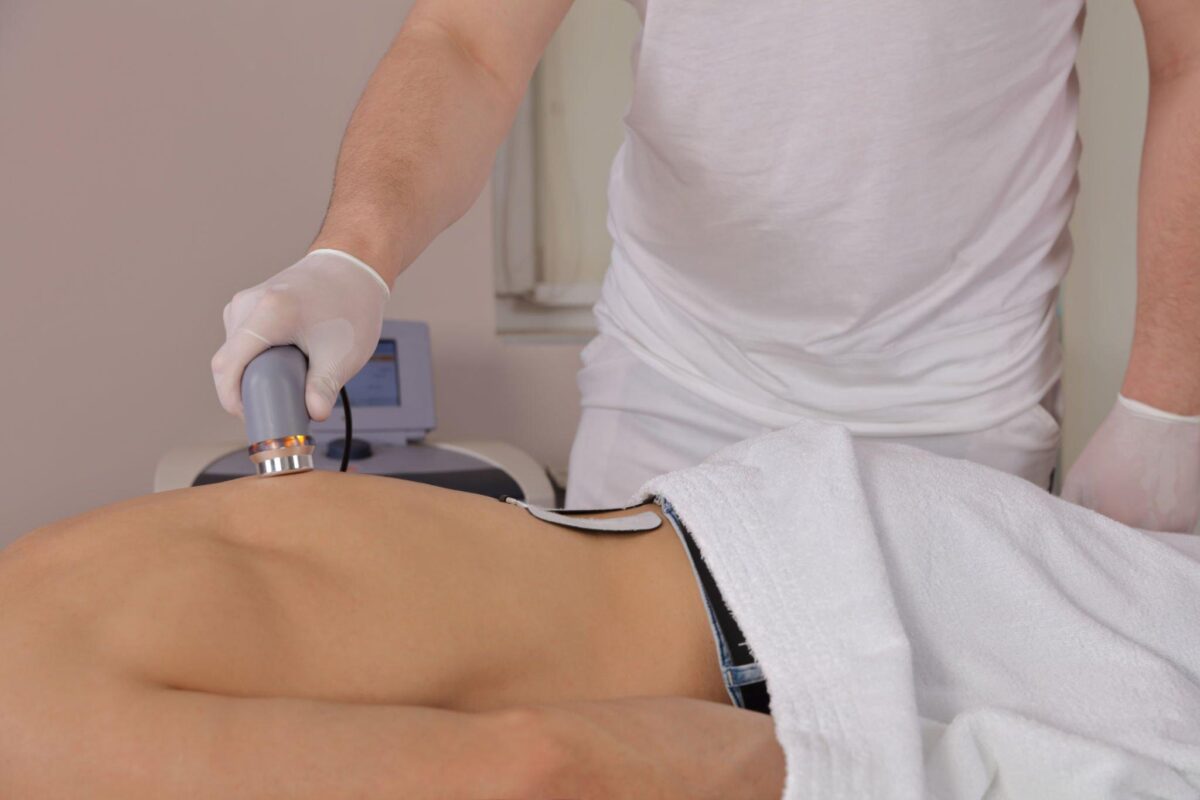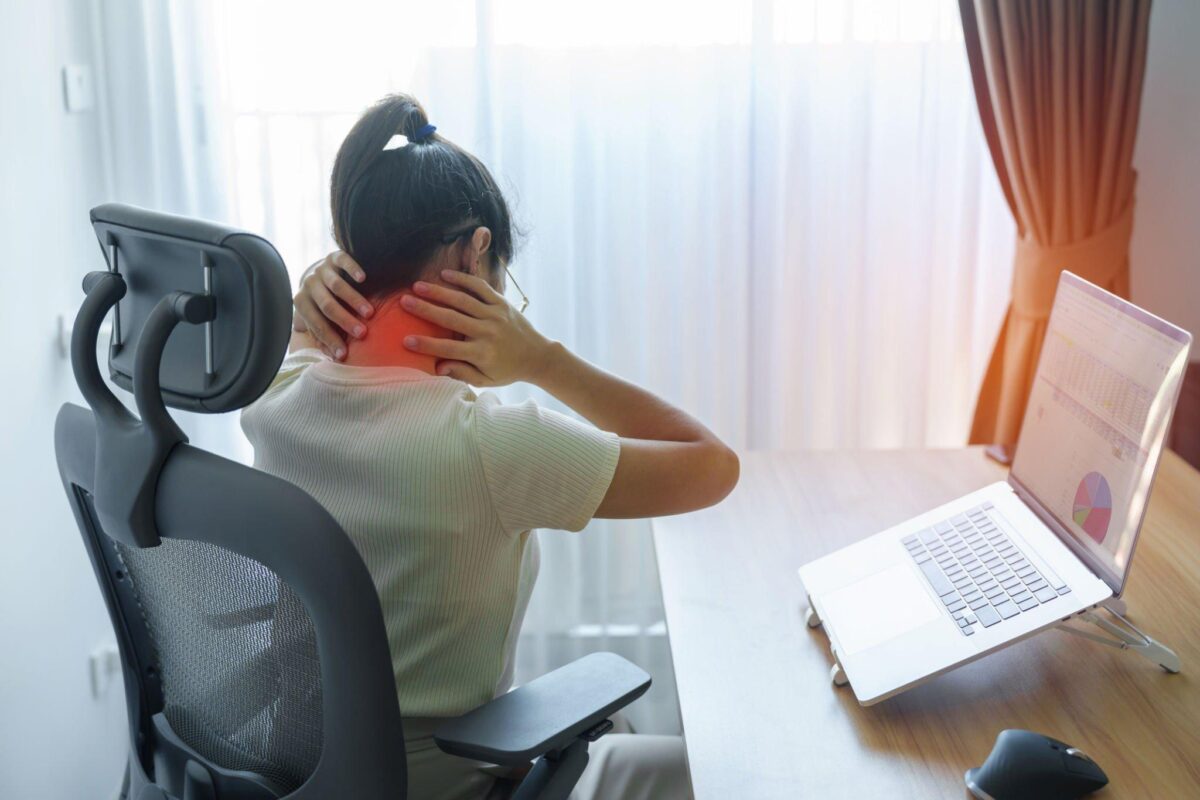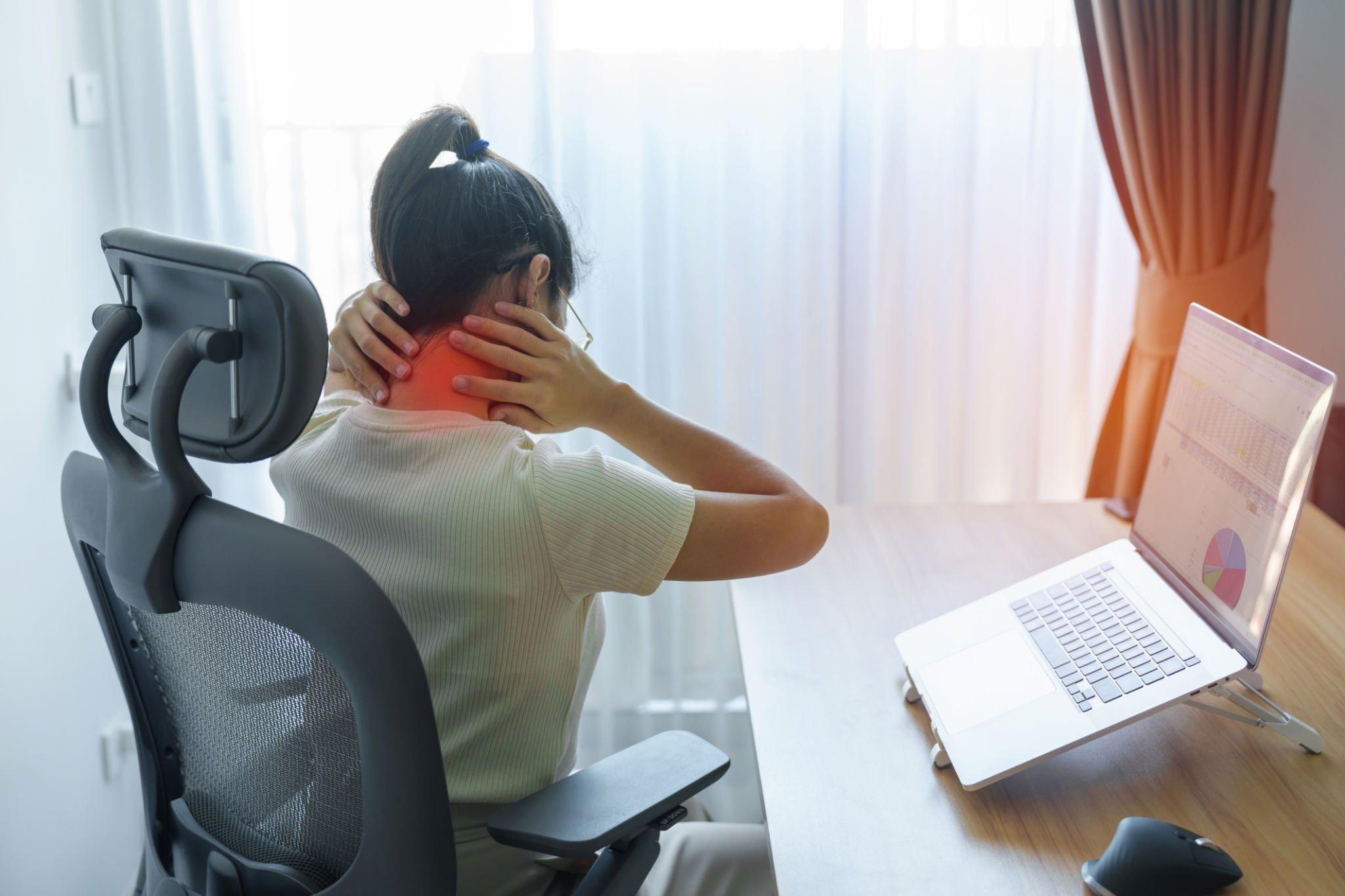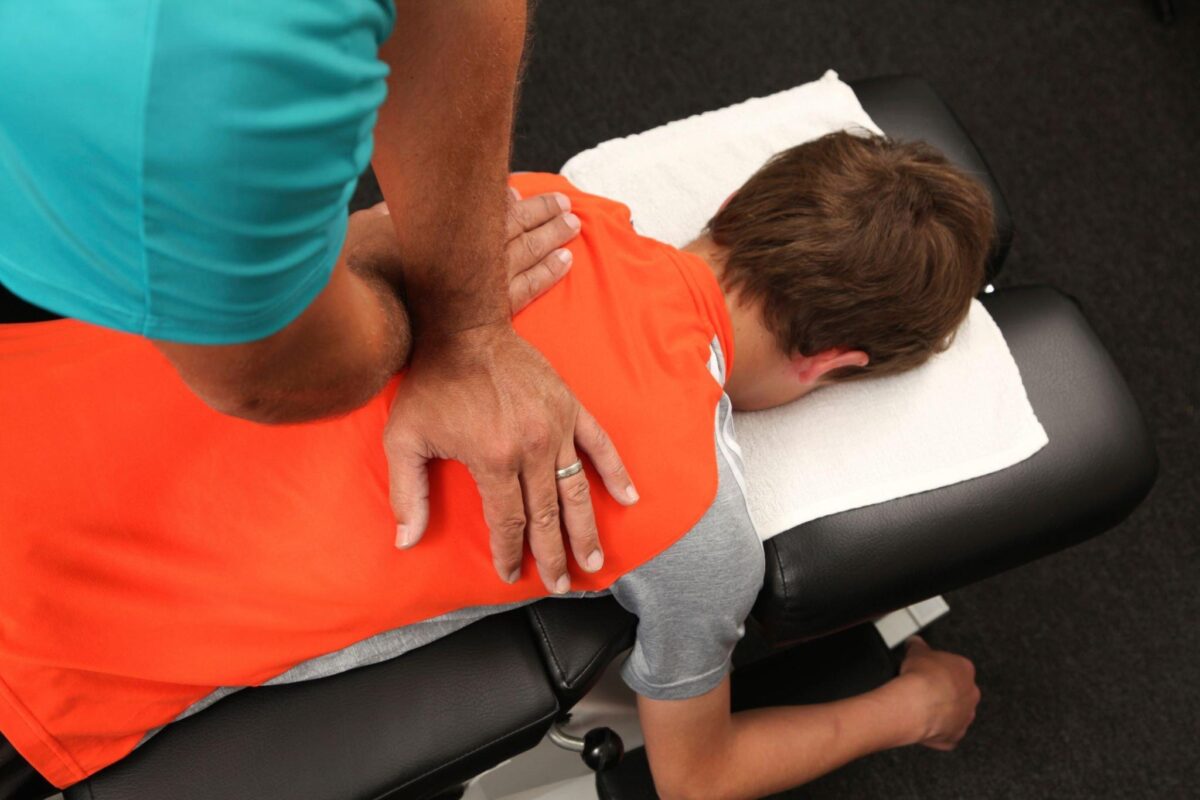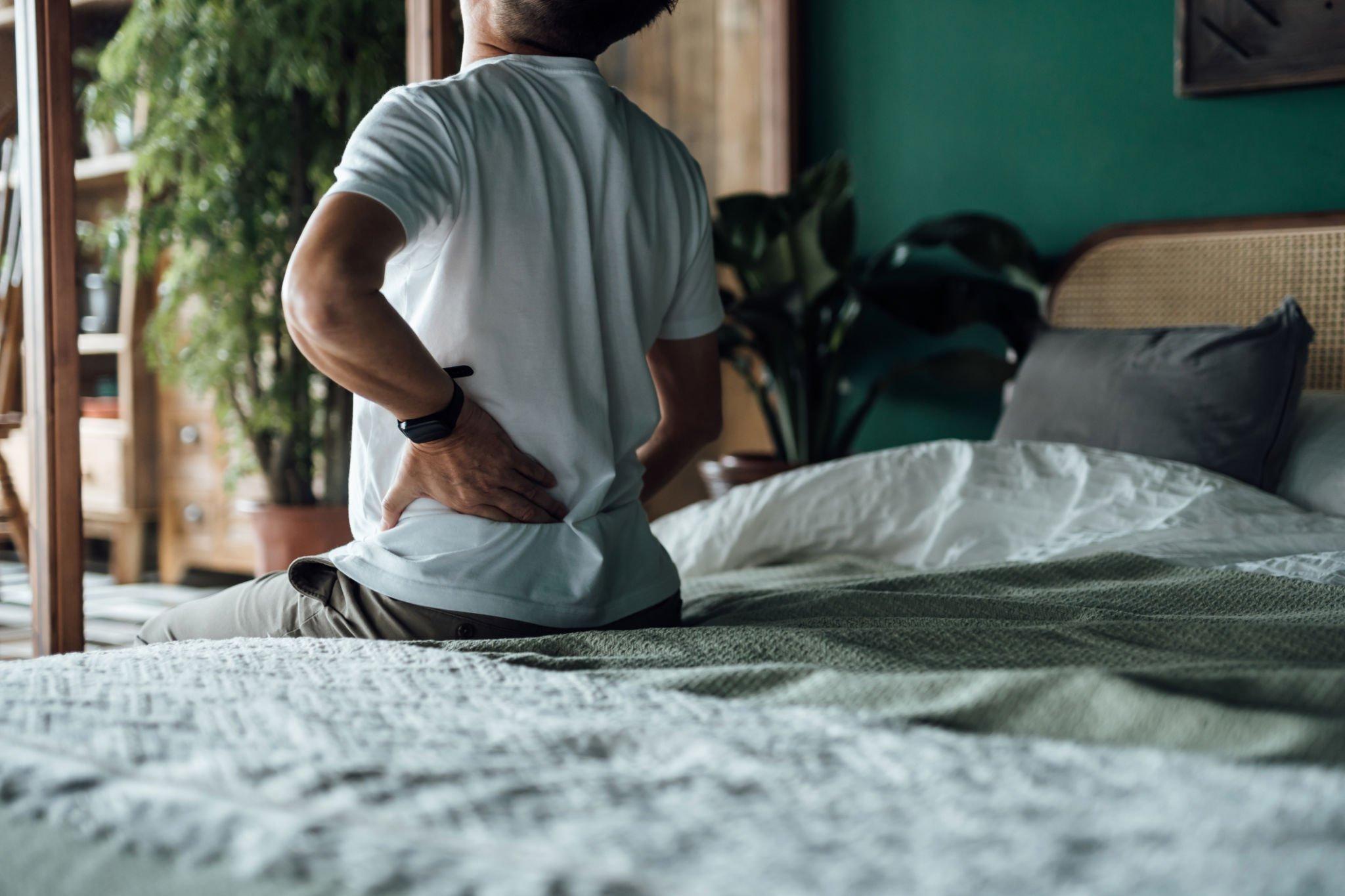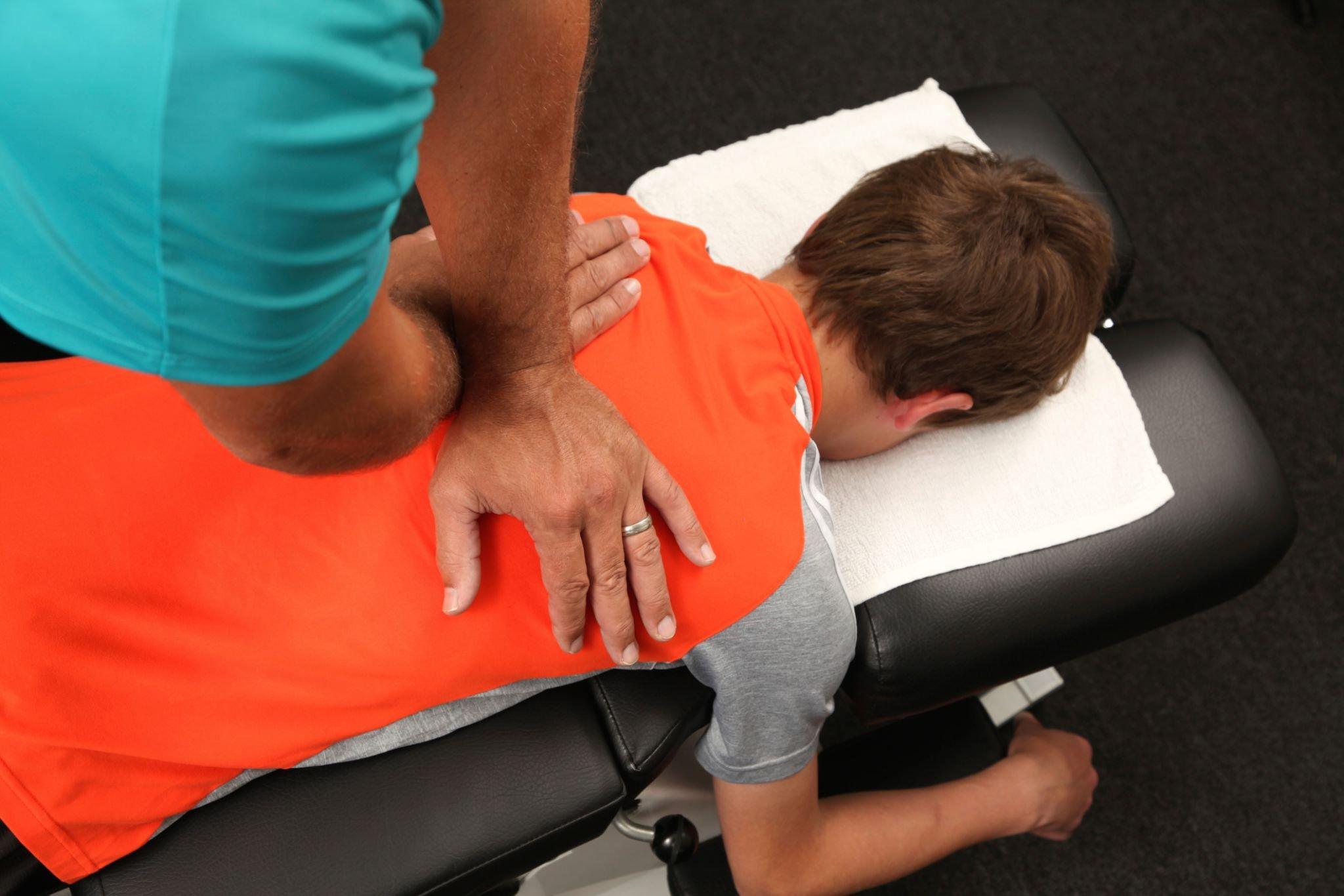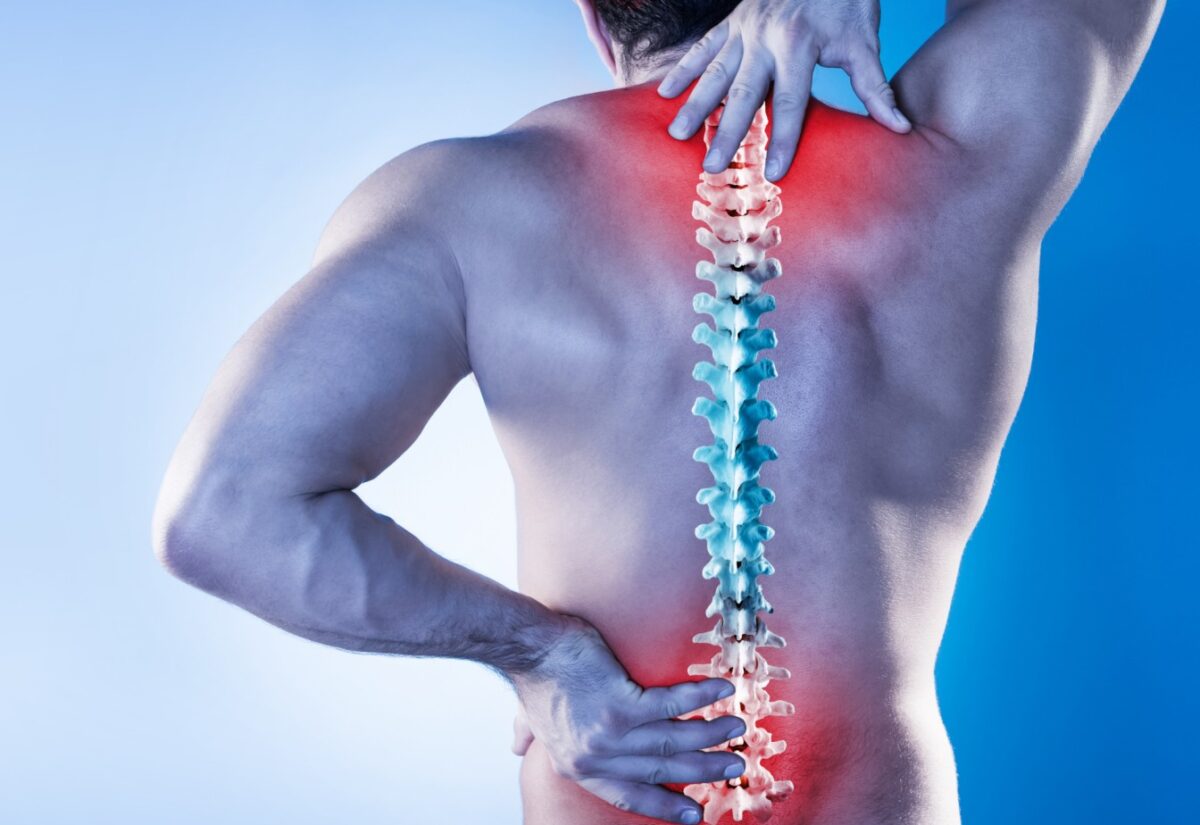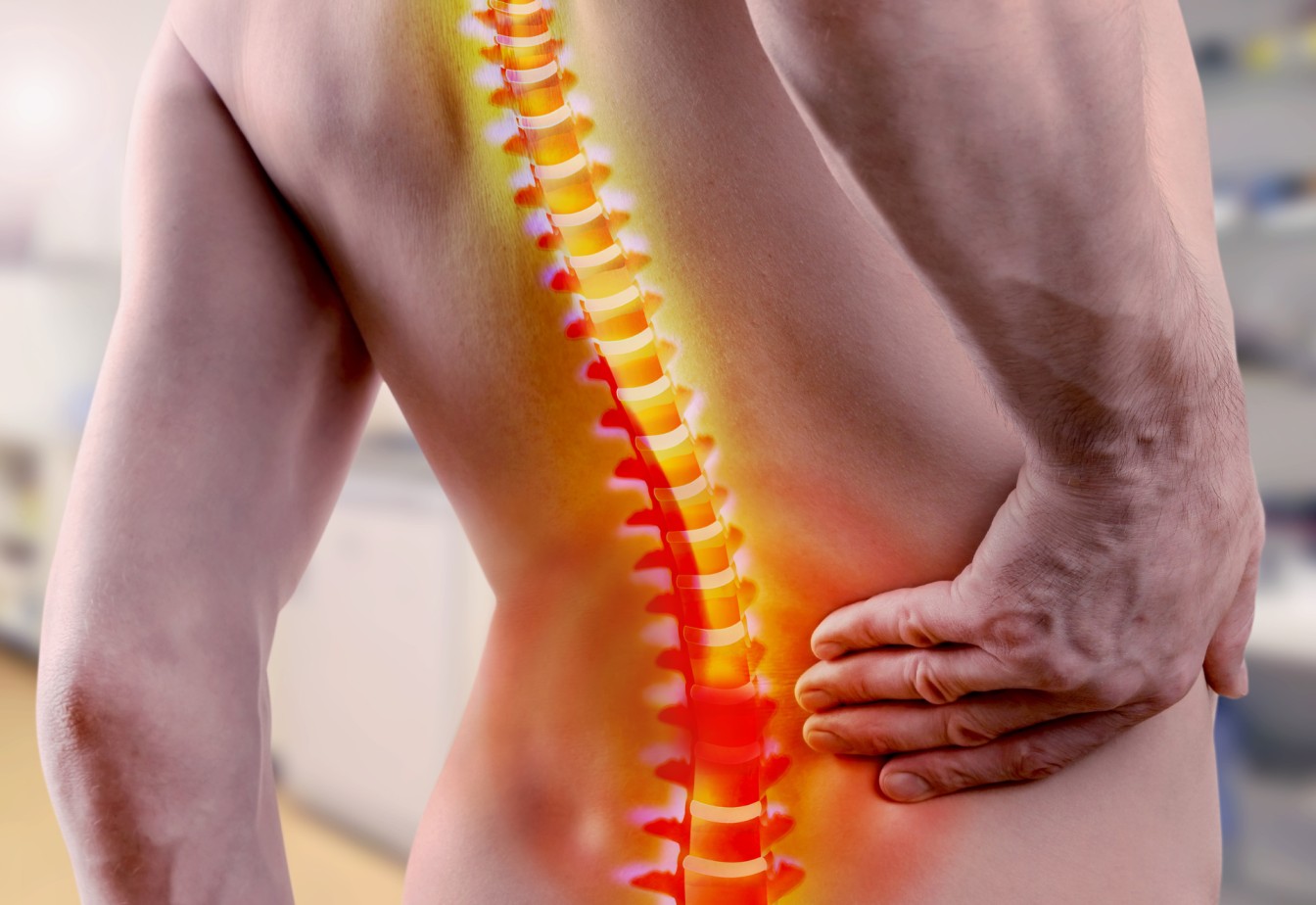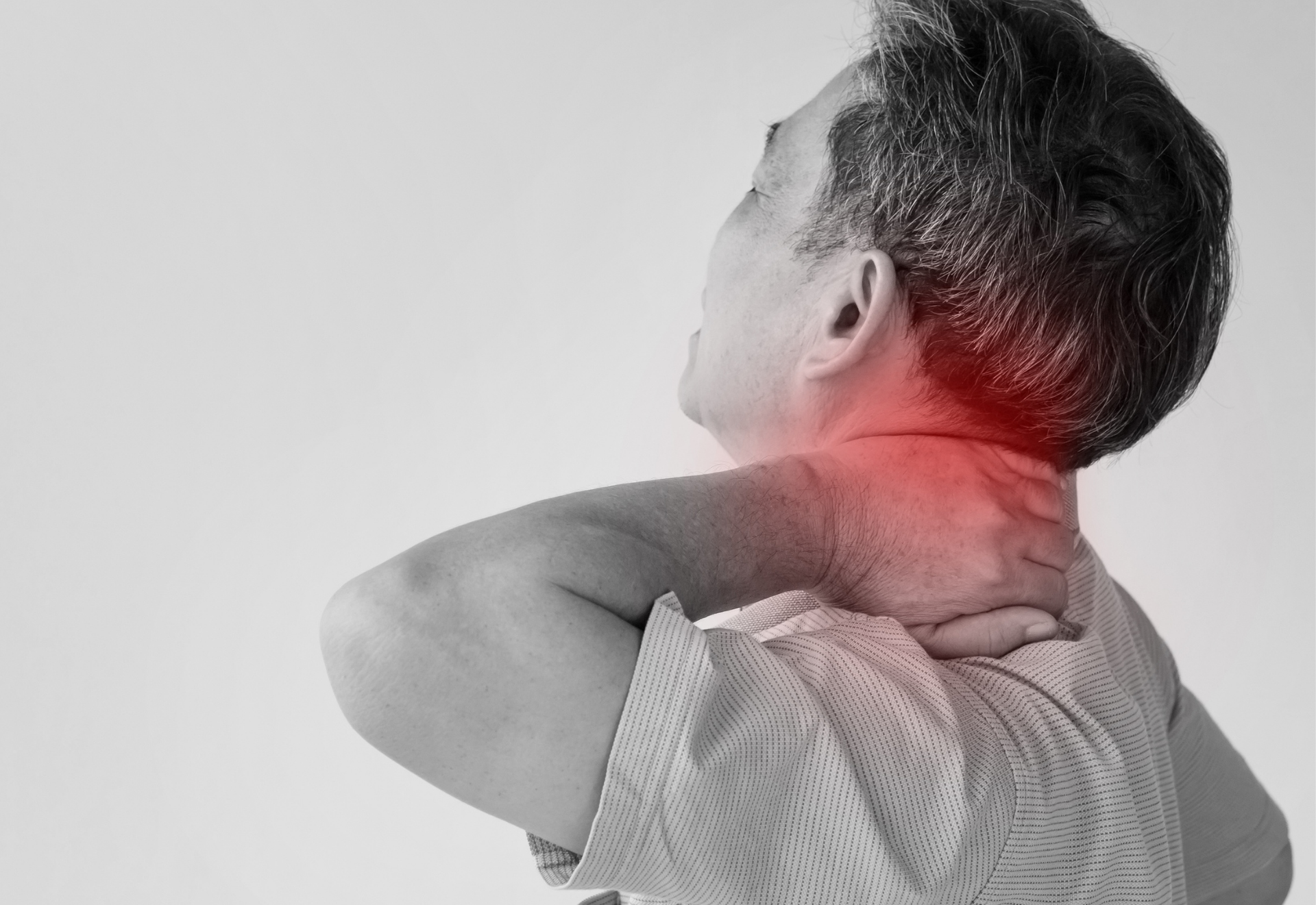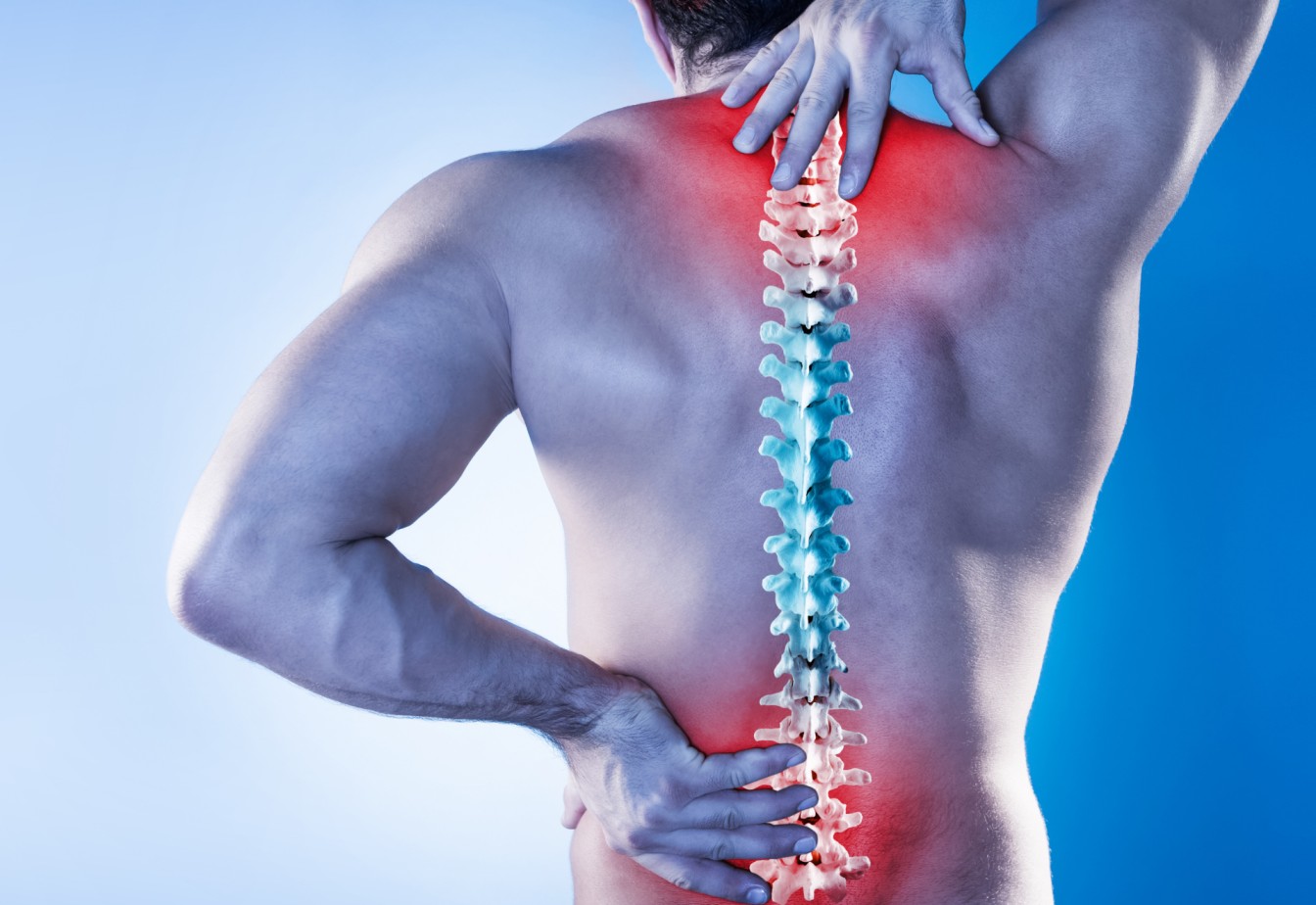The Role of IFT in the Management of Chronic Pain and Rehabilitation

Role of IFT
Interferential Therapy (IFT) is a non-invasive modality utilized in physical therapy to alleviate pain and promote tissue healing. This technique involves the application of two medium frequency currents to generate a low frequency effect, with the primary objective of inhibiting the transmission of pain signals to the central nervous system. IFT constitutes an integral component of a comprehensive rehabilitation regimen, wherein it exhibits the potential to reduce inflammation, muscular spasms, and pain, while simultaneously facilitating tissue recovery.
Objectives for IFT application
- The beat frequency currents generated by IFT machines help to induce muscular contractions through stimulation. Additionally, they facilitate the regeneration of the nerves responsible for transmitting pain signals.
- The objective is to promptly alleviate pain associated with injuries occurring in deep tissues.
- The continuous contraction of muscles induces a state of relaxation. The relaxation of spasmodic muscles leads to an enhancement in blood circulation.
- Enhanced blood circulation is associated with accelerated soft tissue regeneration.
- The contraction of muscles has the effect of diminishing edema, bruising, and inflammation.
- The vibrations facilitate the removal of deleterious chemicals, such as toxins, from the affected regions.
- The consistent utilization of IFT machines in physiotherapy also serves to alleviate persistent joint mobility limitations over an extended period.
- Post-operative IFT physiotherapy is beneficial in facilitating the recovery of patients’ impaired muscular mobility.
Conditions in which IFT is used
- Sciatica- is commonly utilized in the administration of sciatic pain to enhance symptoms in individuals suffering from sciatica. Two electrodes are placed on the nerve roots while other two are placed along the radiating pain site.
- Frozen shoulder– also known as adhesive capsulitis, is a condition characterized by pain and stiffness in the shoulder joint. IFT can provide a sustained and penetrating stimulation to the afflicted tissue. The stimulation exhibits dual effects by inhibiting pain perception and diminishing both edema and inflammation in the shoulder region.
- Ankle sprains: Interferential therapy is help to reduce the extent of edema. The application of appropriate interventions can be beneficial in managing acute sports injuries characterized by the presence of pain and edema. Such as ankle sprains or ligaments injuries.
- Post Operative Rehab– IFT has been identified as a potentially beneficial for elderly individuals who are afflicted by age-related pain and stiffness, as well as those who are undergoing postoperative rehabilitation.
- Cervical Pain– can be treated using interferential therapy (IFT). The treatment effectively alleviates muscular spasms and progressively reduces the level of discomfort experienced by patients.
- Ankylosing Spondylitis– Interferential Therapy (IFT) may have the potential to alleviate the symptoms of inflammatory arthritis associated with AS. The frequencies effectively mitigate the accumulation of waste in areas that have sustained injuries. A vertebra that has sustained injury has an accelerated healing process.
- Osteoarthritis– Regular interferential treatment (IFT) physiotherapy has been shown to have a beneficial effect on the tendons surrounding the knee in individuals with osteoarthritis of the knee.
- Stress Incontinence– The application of Interferential Therapy (IFT) has been widely employed in the management of stress incontinence. This treatment modality involves the strategic placement of electrodes on the lower abdomen and inner thigh, which effectively induces a robust contraction of the pelvic floor musculature.
- Edema– is a medical disorder characterized by an excessive accumulation of fluid in the tissues. The application of IFT induces vibrations that facilitate the removal of excess fluids from the tissues. Improved circulation also facilitates the expeditious removal of these fluids from the afflicted regions.
- Frozen shoulder– also known as adhesive capsulitis, is a condition characterized by pain and stiffness in the shoulder joint. IFT can provide a sustained and penetrating stimulation to the afflicted tissue. The stimulation exhibits dual effects by inhibiting pain perception and diminishing both edema and inflammation in the shoulder region.
- Enhance Sports Performance– The application of IFT (Interferential Therapy) has been found to be beneficial in aiding athletes in their recovery process following injuries, enhancing blood circulation, and mitigating inflammation and thus enhance sports performance through the facilitation of muscular contractions.
- Migraine– The application of IFT (Interferential Therapy) has the potential to effectively alleviate tension headaches by mitigating muscular tension specifically in the neck and shoulder regions.
The IFT Treatment & Technique
When seeking treatment for back, shoulder, or ankle discomfort, it is common to undergo a specific procedure when seeing a physiotherapist for IFT (Interferential Therapy) physiotherapy.
The patient is in a comfortable position, and the skin is ready for low frequency treatment in the right way. This means cleaning the area and putting petroleum jelly on any skin sores to keep them warm. The treatment site is found with great accuracy, and the two sets of electrodes are placed so that the places where two currents meet are either right over or inside the lesion. The patient is informed that they may feel tingling, which should not be too uncomfortable.
A suitable IFT treatment frequency is selected and the intensity of the treatment is raised until the patient feels a moderate tingling. If motor stimulation is desired, the existing current should be adequate. After 15 minutes of therapy, it is common to change the settings on the machine and use a different frequency to get a different therapeutic effect, especially to reduce edema.
The present electrical current, when emitted, traverses the dermal layer and subsequently reaches the specific region responsible for inducing the sensation of pain. The stimulation of tissues resulting from the interference of the current elicits a sensation, which subsequently promotes an augmentation in blood circulation. This, in turn, triggers the activation of the self-healing mechanism. The non-invasive and successful nature of IFT makes it highly sought after for the treatment of back, shoulder, or ankle pain.
Frequently Asked Questions of Interferential Therapy (IFT)
Q: What is Interferential Therapy (IFF)?
A: Interferential Therapy (IFT) is a type of physiotherapy treatment that uses two medium frequency current to generate a low-frequency effect which helps to alleviate pain, improve blood circulation, and reduce inflammation, thus facilitate tissue recovery.
Q: What conditions can Interferential Therapy (IFT) help with?
A: Interferential Therapy (IFT) can be used to treat a variety of musculoskeletal conditions, including low back pain, shoulder pain, sciatica, neck pain, knee pain, and ankle sprains.
Q: What are the benefits of Interferential Therapy (IFT)?
A: Some of the benefits of Interferential Therapy (IFT) may include pain relief, reduced inflammation, increased blood flow, and improved muscle function. It may also be useful in relieving chronic pain and helping with rehabilitation after injury or surgery.
Q: How does Interferential Therapy (IFT) help with low back pain?
A: Interferential Therapy (IFT) is believed to help with low back pain by reducing inflammation, improving blood circulation, and stimulating the release of endorphins, which are the body’s natural painkillers.
Q: Can Interferential Therapy (IFT) be effective for shoulder pain?
A: Yes, Interferential Therapy (IFT) can be effective for shoulder pain. The electrical stimulation can help to relax muscles, reduce shoulder pain, and improve mobility in the shoulder joint.
Q: Is Interferential Therapy recommended for sciatica?
A: Interferential Therapy can be recommended for sciatica as it helps to relieve pain and reduce inflammation in the affected area. It may be used in conjunction with other treatments for comprehensive care.
Q: How can Interferential Therapy help with neck pain?
A: Interferential Therapy can help with neck pain by reducing muscle tension, increasing blood flow, and promoting relaxation in the neck area. It may also help to alleviate associated symptoms such as headaches.
Q: Can Interferential Therapy be used for knee pain?
A: Yes, Interferential Therapy can be used for knee pain. It can help to reduce pain and swelling, improve muscle strength, and enhance joint function in the knee.
Q: How does Interferential Therapy work in physiotherapy treatment?
A: In physiotherapy treatment, Interferential Therapy works by delivering low-frequency electrical impulses to the affected area. This stimulation helps to relieve pain, reduce inflammation, and promote healing in the muscles and soft tissues.
Q: Is Interferential Therapy effective for ankle sprains?
A: Interferential Therapy can be effective for ankle sprains as it helps to reduce pain, swelling, and inflammation in the ankle. It may also aid in improving circulation and accelerating the healing process.
Q: What is the role of Interferential Therapy in the management of chronic pain and rehabilitation?
A: Interferential Therapy plays a role in the management of chronic pain and rehabilitation by providing pain relief, promoting healing, improving muscle strength, and enhancing mobility. It can be used as part of a comprehensive treatment plan tailored to the individual’s needs.
Physiotherapists support a quick recovery in addition to encouraging behaviours and lifestyle changes that could improve general health and well-being. You can only achieve fitness and rehabilitation through frequent therapy and the use of the best medical procedures and supplies by remaining in touch with your physiotherapist at the proper time. Don’t be late; schedule an appointment with our expert physiotherapist in or WhatsApp at 8929020020. Stay tuned for additional blog updates.

